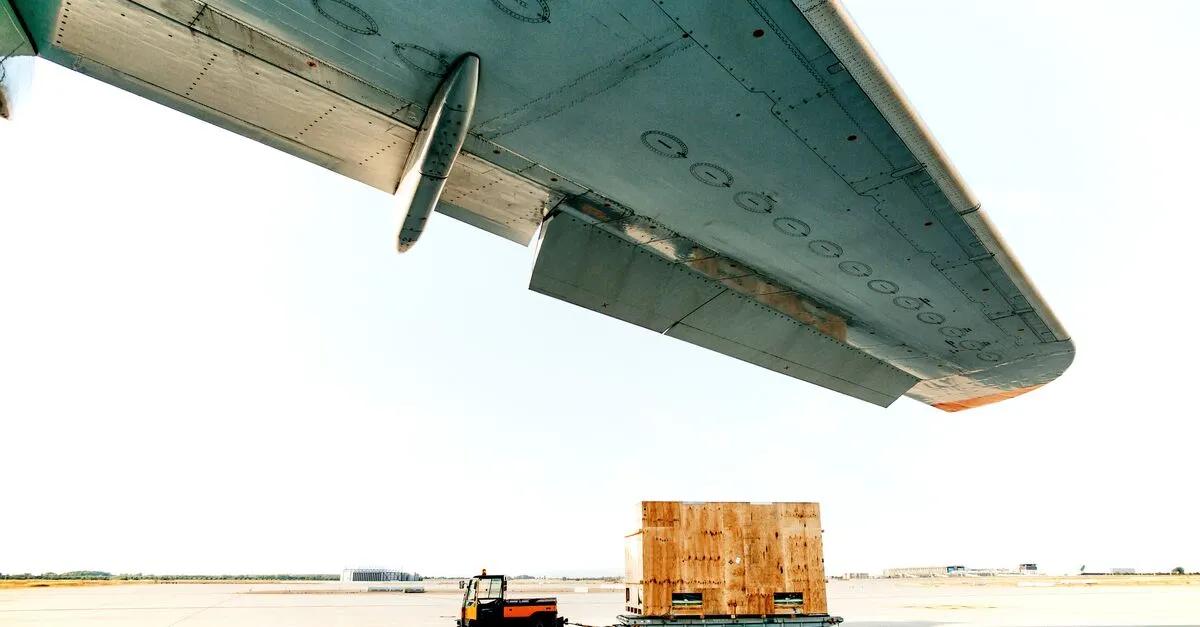
Export financing in transition
3 April 2024
Reading time: 4 min
Conventional export financing is undergoing change. The sustainable transformation of the economy and society is also becoming visible in this sector. The decarbonization of the energy industry is one of the biggest challenges of this century, as it is responsible for around 38% of CO2 emissions worldwide.
Investments for financing the transformation
To manage the transition to become a more climate-friendly economy, numerous value chains have to be restructured. However, it is not sufficient to focus only on power supply – the sustainable use of green energy includes much more than just production or technical infrastructure: the energy transition must also be integrated into companies' processes and business models. This requires a significantly higher level of investment, as the transformation won't be possible without additional investment in innovation and change. For example, battery factories need to be built, wind and solar plants have to be manufactured and new fields of application for hydrogen must be identified. In addition, the corona pandemic, and geopolitical tensions such as the Ukraine war or the trade conflict between the USA and China have caused companies to rethink. They have demonstrated how important an independent supply of raw materials is for the green and digital transformation.
As a result, export credit agencies are increasingly focusing on the import side. Nowadays, in many cases it is often more appropriate to speak of export and trade financing. Traditionally, in export financing, companies have secured money from banks for the export of commodities. This was supported by the German government through Export Credit Guarantees of the Federal Government, which banks and exporters could use to protect themselves against economic or political risks. Sustainable projects have also been supported in the past, such as hospitals in Africa, critical infrastructure in emerging countries or the expansion of telecommunications in India. Over the past few years, raw materials and energy projects have also been increasingly financed, with the focus on securing demand in Germany or ensuring that the German economy manages the sustainable transformation. These developments are also reflected in the activities of banks that are active in export financing. For example, banks have recently financed gas supply projects, battery cell factories and green steel projects. The topic is giving the export finance business its literal wings: while the volume of the global market was still at USD 105 billion in 2022, it had almost doubled to over USD 192 billion by 2023. The three largest sectors are transportation, renewable energies as well as oil and gas. The EU Critical Raw Materials Act will certainly accelerate this trend.
According to TXF data, the percentage of sustainable transactions in export financing rose to around 30 percent as early as 2023. Some years ago, ING committed to aligning its loan book with net zero targets and established the Terra approach to measure the impact on its portfolio. As one of the pioneers in the field of sustainability, sustainable financing now accounts for over 50 percent of its long-term export financing business. Worldwide, the bank is ranked number four in terms of market share of financed volume. In Germany, only KfW executes higher transaction volumes with Euler Hermes.
Changed risk profile
While the focus was previously on country risks that had to be hedged, the majority of new energy transition projects are now located in Europe. Technology and political risks in particular need to be mitigated here. At the same time, the transactions require a very special mix of expertise from the banks involved.
This kind of funding is only possible if banks like ING have a broad sector expertise. In this case, for example, not only a profound knowledge of the automotive industry is essential, but also a comprehensive knowledge of the entire battery production value chain, including the mining industry and the energy sector. The situation is similar to the project financing of the world's first large-scale green steel plant by H2 Green Steel in Sweden. Again, as documentary lender and senior mandated lead arranger, ING was heavily involved in the EUR 4.5 billion multi-tranche financing. In this financing, Euler Hermes played an important role in the success of the transaction with an insured financing volume of EUR 1.2 billion based on the deliveries from SMS for the construction of the steelworks and the deliveries of electrolyzes from Thyssen Krupp Nucera for the production of hydrogen.
At the same time, the transformation of export financing to export and trade financing is only just at the beginning: it will take several more years before the sustainable transformation is implemented in Europe, whether as part of the energy transition or the restructuring of the economy. And, above all, the process in Europe is far from complete. Green energy and sustainable companies are also needed in the rest of the world to reduce the climate change. As soon as the technology risks have been reduced, it will therefore be a matter of exporting the technologies to emerging countries and other regions of the world so that they can also benefit from them. And these projects also need to be funded - so there is still a lot to do for export credit agencies and banks.
Society is transitioning to a low-carbon economy. So are our clients, and so is ING. We finance a lot of sustainable activities, but we still finance more that’s not. See how we’re progressing on Opens in a new tabing.com/climate.
Marina Grigorieva
Director Structured Export Finance
Marina GrigorievaBart Ponsioen
Managing Director Structured Export Finance
Bart PonsioenDo you have any questions or comments?
Well, then talk directly to one of our experts!